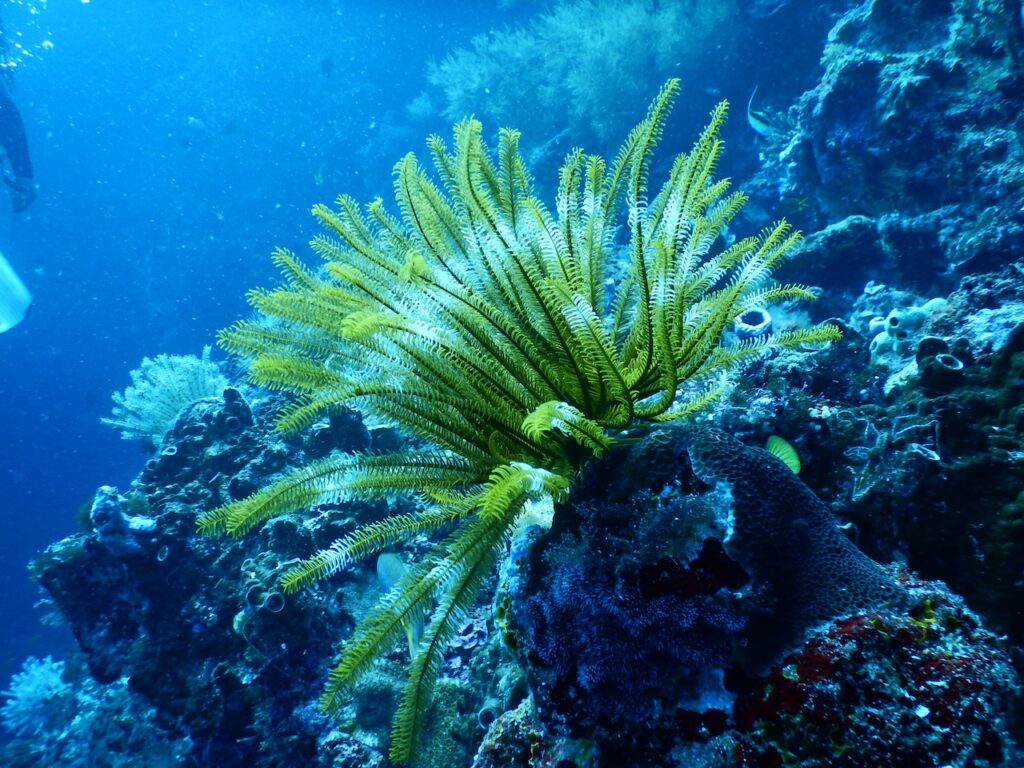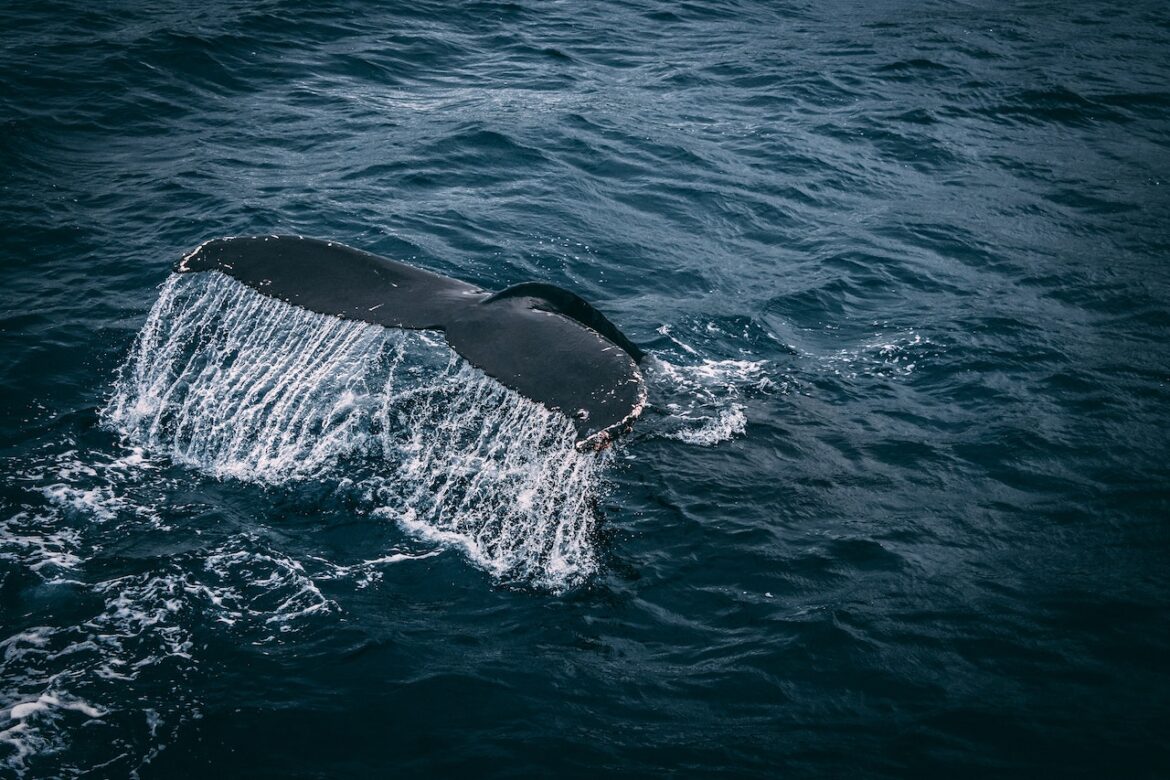As the world’s oceans absorb more carbon dioxide from the atmosphere, their waters are becoming more acidic. This increase in acidity threatens the survival of many marine species, as well as the health of coral reefs and other vital ocean habitats. As ocean acidity rises, it is likely that biodiversity will decline, as some species are unable to adapt to changing conditions. This is a major concern for conservationists and scientists who are working to protect our planet’s oceans and the creatures that call them home.
What is ocean acidity and why is it a problem?
Ocean acidity is a measure of how much acid is present in the ocean. The higher the acidity, the more harmful it is to marine life. Ocean acidity has increased by about 30 percent since the Industrial Revolution, and it is predicted to increase by another 150 percent by the end of this century. This increase is due to human activity, specifically the burning of fossil fuels, which releases carbon dioxide into the atmosphere. This gas then dissolves into the ocean, where it forms carbonic acid.
Ocean acidity is a problem because it is causing the ocean’s pH to decrease. This is a problem for marine life because many creatures rely on a certain level of pH in order to thrive. For example, coral reefs need a specific level of pH in order to grow. When the ocean’s pH decreases, it becomes harder for coral reefs to grow. This can eventually lead to the death of coral reefs and the loss of biodiversity.
The effects of ocean acidity on marine biodiversity
Marine biodiversity is the variety of life in the ocean. This includes the different species of plants, animals, and microorganisms that live in the ocean, as well as the genetic diversity within each species.
The ocean is slowly becoming more acidic due to absorption of carbon dioxide from the atmosphere. This process is called ocean acidification. As the ocean becomes more acidic, it becomes harder for marine organisms to build their shells and skeletons. This can cause problems for species that are reliant on these structures, such as corals and shellfish. In addition, acidification can change the way that food webs work, which can lead to a decrease in marine biodiversity.
There is still much unknown about how exactly ocean acidification will affect marine biodiversity. However, it is clear that this process will have negative consequences for many different types of marine life.

Why is biodiversity important?
Biodiversity is important for many reasons. One reason is that it helps maintain the balance of ecosystems. Another reason is that it provides humans with food, shelter, and other resources. Additionally, biodiversity can help us better understand the natural world and how we fit into it.
Some people might think that we don’t need to worry about biodiversity because there are so many different species on Earth. However, we are causing many species to go extinct each year through things like habitat loss and pollution. If we want to maintain the balance of nature and continue to reap the benefits that biodiversity provides, it is important that we take steps to protect it.
How can we reduce the effects of ocean acidity on biodiversity?
The ocean is a vital part of the Earth’s ecosystem and provides many services to humans, including food, recreation, and climate regulation. The ocean’s pH is slowly becoming more acidic as a result of anthropogenic emissions of carbon dioxide (CO2). This increase in acidity has deleterious effects on marine biodiversity, particularly on calcium carbonate (CaCO3) structures such as coral reefs and shellfish.
There are a number of ways to reduce the effects of ocean acidity on biodiversity. One is to simply reduce emissions of CO2. This can be done by Switching to cleaner energy sources, such as renewable energy, and by increasing efficiency in the use of fossil fuels. Another is to improve water quality through better management of coastal areas and pollution control. Finally, increasing the amount of marine life that is protected from fishing and other human activities can help to ensure the health of future generations of marine species.

Conclusion
In conclusion, ocean acidity is a major problem for biodiversity. The creatures that are most affected by this are shellfish, which are an important food source for many animals. When the shells of these creatures dissolve, it can have a ripple effect up the food chain, affecting other animals that depend on them for food. This is just one example of how ocean acidity can impact the delicate balance of life in the oceans. As climate change continues to affect our planet, it is likely that ocean acidity will only become more of a problem in the future. As ocean acidity continues to increase, it is likely that the species that are most vulnerable to changes in pH will continue to decline. This will have a ripple effect on the entire marine ecosystem, as these species play an important role in maintaining biodiversity. In order to protect ocean biodiversity, we must take action to reduce greenhouse gas emissions and slow the rate of ocean acidification.
Powerful Different types of Printing Machines in textile Industries







Comments are closed.